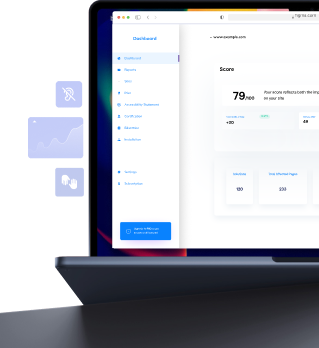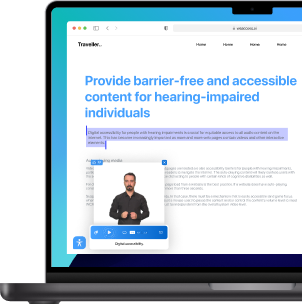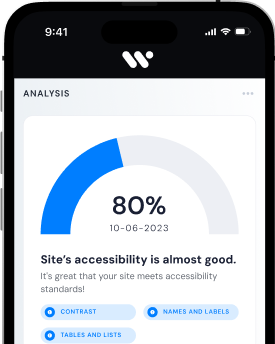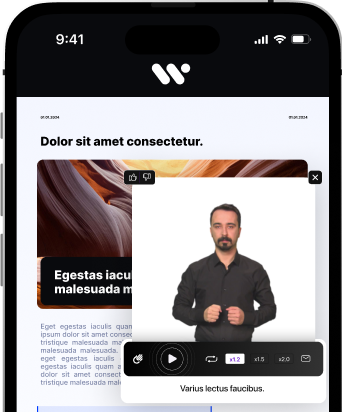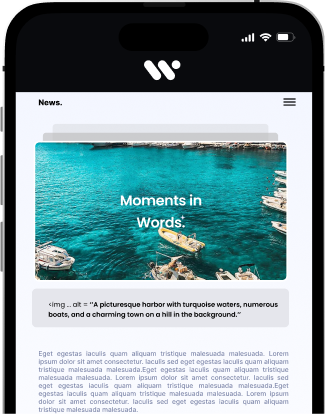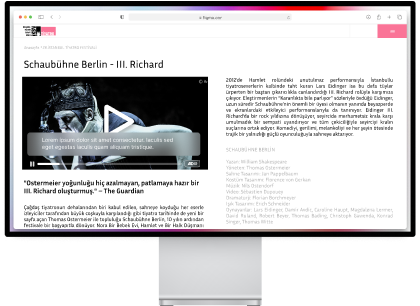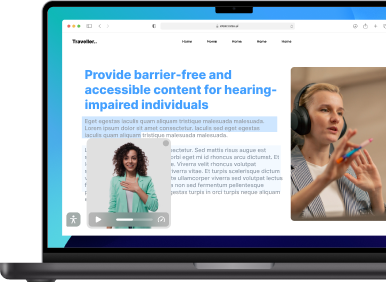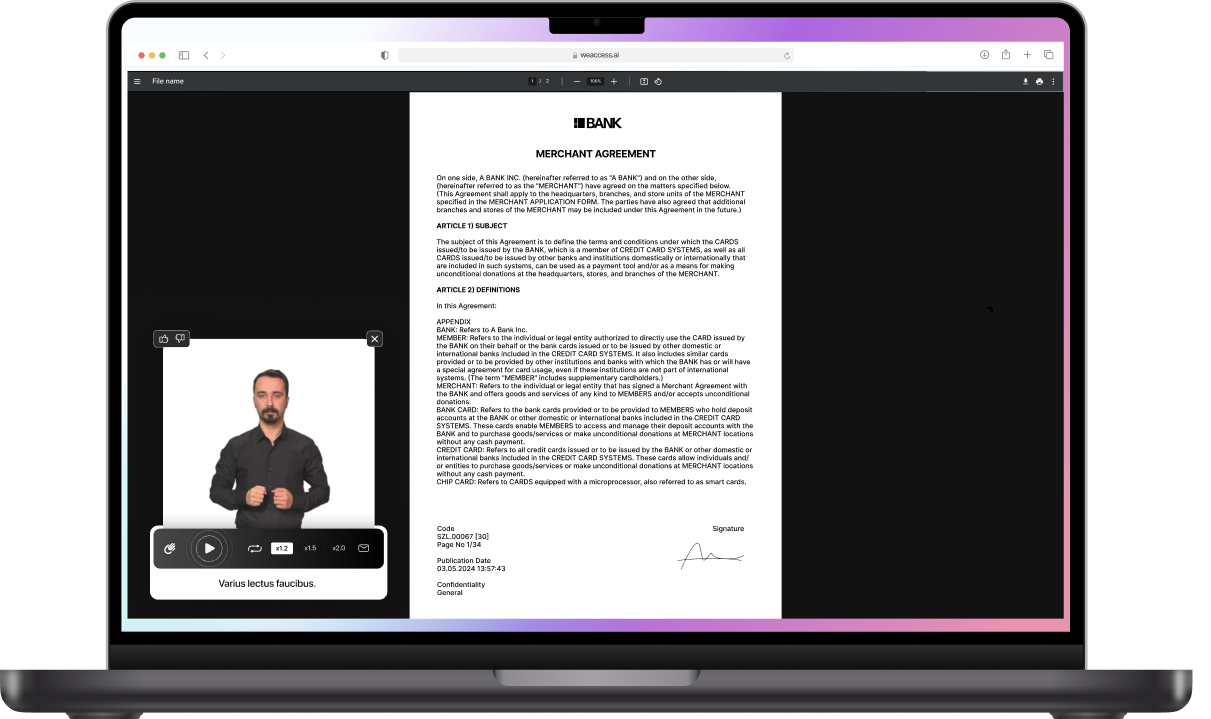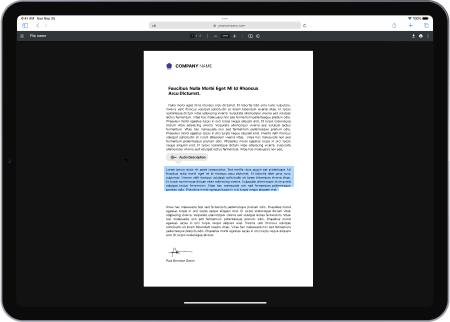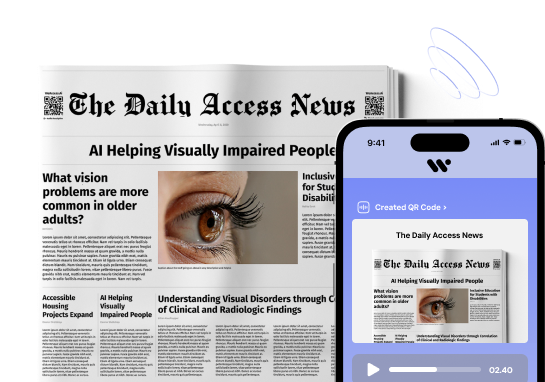Focus Indicator Accessibility
In the world of web accessibility, the focus indicator plays a crucial role in ensuring that users can navigate and interact with websites using only the keyboard. It is essential for web developers to understand the significance of focus indicators and how to make them visible for keyboard users. This article will delve into the importance of focus indicators, the requirements for their visibility, best practices for their implementation, and how web developers can improve focus indicator accessibility.
What is a focus indicator in web accessibility?
A focus indicator is a visual effect that highlights the element on a web page that currently has the keyboard focus. When users navigate a website using a keyboard, the focus indicator helps them identify where they are on the page. It could be a border, a change in background color, or any other styling that makes the focused element stand out from the rest of the content.
Why is a focus indicator important for accessibility?
For users who rely on the keyboard for navigation, the focus indicator is essential for understanding which element will receive the input. Without a visible focus indicator, users may struggle to determine where they are on the page, leading to a frustrating and challenging user experience.
What are the requirements for focus indication in web accessibility?
Web Content Accessibility Guidelines (WCAG) define specific requirements for focus indicators to ensure keyboard users can perceive and understand them. These requirements emphasize the visibility, contrast ratio, and clear indication of the focus state.
How to ensure that focus indicators are visible for keyboard users?
To guarantee that focus indicators are visible for keyboard users, developers should design focus indicators that stand out from the surrounding content, have sufficient color contrast, and are clearly visible in different states.
How to make the focus indicator visible for keyboard users?
When it comes to making focus indicators visible for keyboard users, developers can rely on several techniques and practices that align with accessibility guidelines.
What are the default focus indicators provided by browsers?
Browsers often have default focus styles for elements, allowing them to receive focus without additional styling. These default focus indicators serve as the foundation for ensuring keyboard accessibility on the web.
What are the accessibility requirements for focus indicators?
As per WCAG guidelines, focus indicators must have a sufficient color contrast ratio with the background to ensure visibility for users with low vision or color vision deficiencies.
How to customize the appearance of focus indicators using CSS?
Using CSS, developers can customize the appearance of focus indicators to align with the website's design while maintaining their visibility and clarity to keyboard users. This customization can include changing colors, borders, or other visual attributes that clearly indicate the focus state.
What are the best practices for focus indicator visibility?
Implementing best practices for focus indicator visibility is crucial in ensuring a positive user experience for keyboard users and meeting accessibility standards.
How to ensure that focus indicators have sufficient color contrast?
Developers should pay close attention to the color contrast between the focus indicator and the background to meet the accessibility requirements. This involves selecting colors with a significant contrast ratio to enhance visibility.
What are the WCAG guidelines for focus indication?
WCAG provides specific guidelines, such as 2.4.7 - Focus Visible, that outline the necessary focus indication requirements to support keyboard accessibility, empowering developers to create clear and perceivable focus indicators.
How to make sure the focus indicator is visible when users do not use a mouse?
Ensuring that the focus indicator remains visible when users do not use a mouse is critical for maintaining accessibility. This includes testing focus indicators with keyboard navigation and touch interfaces to guarantee their visibility across different input methods.
Why is it important to have a visible focus indicator?
The visibility of the focus indicator directly impacts the accessibility of a website, making it essential for developers to prioritize its implementation and clarity.
What is the significance of the focus order for accessibility?
The focus order, coupled with a visible focus indicator, determines the sequence in which elements receive focus when navigating through a webpage using a keyboard. This order directly impacts the usability and accessibility of the website for keyboard users.
How to ensure that focus indicators are clearly visible to all users?
Developers must ensure that focus indicators are clearly visible to all users, regardless of their visual abilities. This involves adhering to WCAG's contrast requirements and testing focus indicators with a diverse set of users.
What are the implications of not having a visible focus indicator for keyboard users?
Without a visible focus indicator, keyboard users may struggle to perceive where they are within a web page, leading to confusion, frustration, and potentially excluding them from fully accessing and interacting with the content.
How can web developers improve focus indicator accessibility?
Web developers play a pivotal role in enhancing focus indicator accessibility by employing the right tools, addressing common issues, and understanding the nuances of different browsers and devices.
What tools or resources can help developers test focus indicator accessibility?
Developers can utilize accessibility testing tools and resources that specifically evaluate focus indicator visibility and adherence to accessibility standards. These tools provide insights into potential improvements and ensure that focus indicators meet the necessary criteria.
How to address focus indicator issues for different browsers and devices?
Considering the variations in how browsers and devices handle focus indicators, developers should conduct thorough testing across multiple platforms and devices to address any compatibility issues and ensure consistent focus indicator visibility.
What are the common pitfalls to be aware of when implementing focus indicators?
There are common pitfalls when implementing focus indicators, such as relying solely on default focus styles without considering customization for optimal visibility or overlooking color contrast, which can hinder keyboard accessibility. Awareness of these pitfalls is crucial for creating effective focus indicators.
WCAG 2.1 and WCAG 2.2 focus indicator accessibility requirements
The Web Content Accessibility Guidelines (WCAG) 2.1 and WCAG 2.2 both emphasize the importance of focus indicator accessibility requirements to aid users with disabilities. These guidelines state that websites should clearly indicate focus on interactive elements such as links, buttons, and form fields. This means that a visible focus indicator should exist to show users where their current focus is on the webpage. The bigger the visible change when an element is focused, the easier it is for users with visual impairments to identify. By following these guidelines, websites can ensure that all users can navigate and interact with their content effectively.

